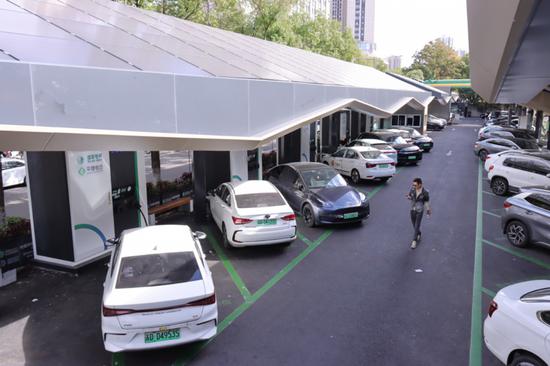
Charging piles seen on a street in Changzhou, Jiangsu province. (WANG QIMING/FOR CHINA DAILY)
Electric vehicles can potentially double up as super giant "mobile power banks" to support electricity supply and ensure grid stability during peak power consumption periods, as recent trials across Jiangsu province have shown, experts said.
Jiangsu has launched China's first large-scale vehicle-to-grid interaction trials, involving four cities for reverse charging. It enables EVs to serve as mobile energy storage units, helping enhance a real-time power system balance.
In addition to normal charging processes, V2G technology allows vehicle batteries to discharge power back to the grid when needed.
In reverse charging trials from 7 pm to 10 pm from Aug 1 to 10, 63 charging piles equipped with V2G interaction functionality were available for EV owners in the four cities of Nanjing, Suzhou, Changzhou and Wuxi. Participants who were invited to join the program received discount charging vouchers for their efforts.
Zhu Shixin, an EV owner in Wuxi who took part in the reverse charging program, said: "For every 1 kilowatt-hour of electricity delivered, I can receive a subsidy of 5 yuan ($0.7). My car discharged about 20 kWh of electricity, so I earned about 100 yuan."
The same day, from 8 pm to 9 pm, 36 other EV owners participated in the trial. The maximum discharge load reached 1,047 kilowatts, which met the electricity demand of 209 households in the surrounding neighborhoods for one hour, said State Grid Jiangsu Electric Power in Nanjing, which conducted the trials.
According to Jiao Xize, a marketing staff member at the company, the trials aim to verify the feasibility and safety of V2G technology, and determine whether it is possible to ease power supply pressure during peak times such as in summer and winter, and the results "were quite satisfying".
In recent years, China has seen rapid development of the EV sector. The growing number of EVs, however, has put more pressure on the power grid. So the reverse charging technology can be a back-up solution for possible supply shortages during peak times, Jiao said.
"The most challenging problem, however, is owners' willingness, as they worry it might affect battery life spans," he said, adding that the technology is quite mature and will not damage batteries.
Though the technology may not be put into large-scale use in the near future, Jiao said he believes the market potential of V2G is large and more trials will be done by the company to gain deeper experience.
Shao Dan, an EV owner in Nanjing, said he commutes to and from work in his vehicle and barely uses it at other times, so he charges it about once a week.
"If reverse charging could offer me charging discounts, I would be willing to give it a try. This way, my expenses would be lower," Shao said.
Currently, the number of EVs in Jiangsu is around 2 million, which is expected to exceed 10 million by 2030, according to State Grid Jiangsu Electric Power.
"If 10 percent of EV owners voluntarily participate in reverse charging, it can provide the power grid with a peak-shaving capacity exceeding 1 million kW, equivalent to building a million-kilowatt mobile power bank, which will support the construction of Jiangsu's new power system," he added.
In order to promote large-scale application of V2G technology in the future, Huang Xueliang, a professor at Nanjing-based Southeast University's school of electrical engineering, suggested more policy support to improve the market trading mechanism, benefit EV owners and strengthen information security.














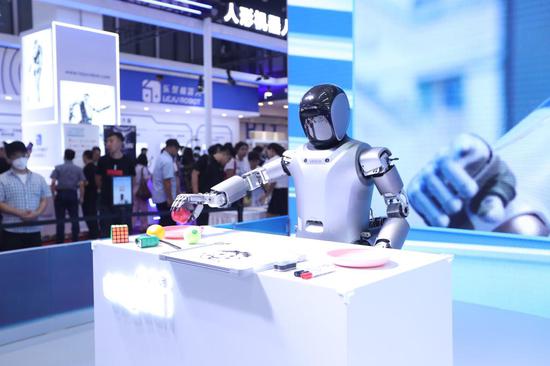


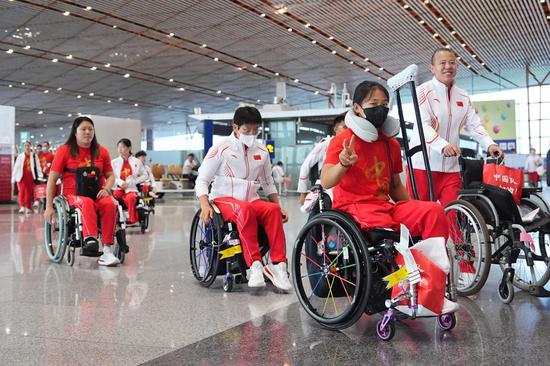
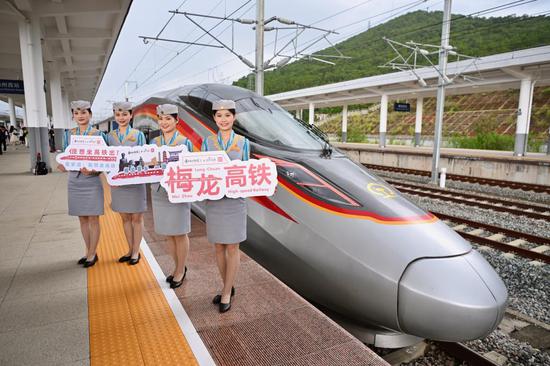
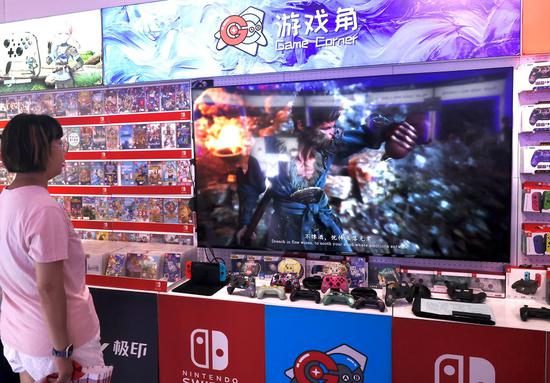




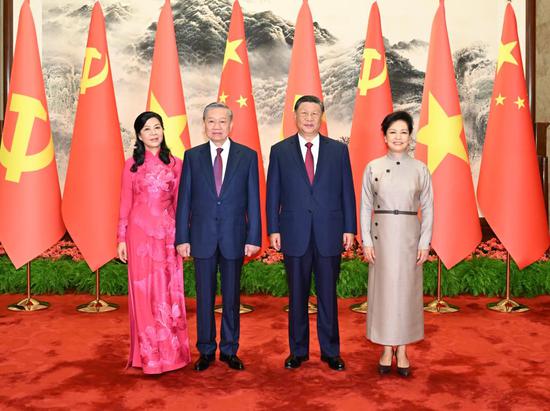

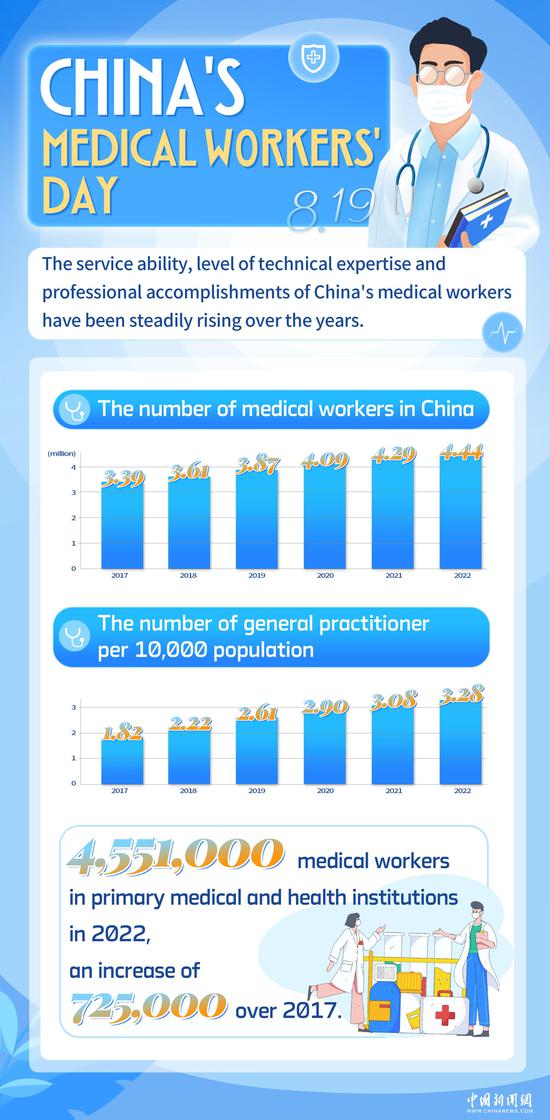










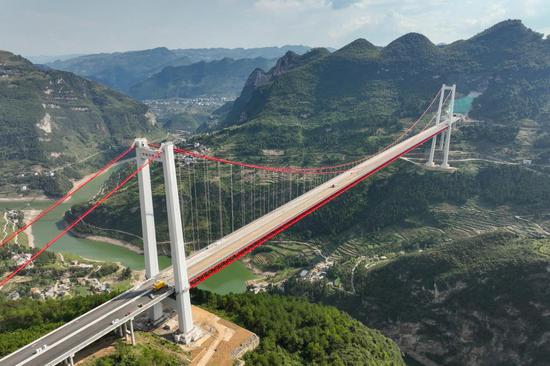

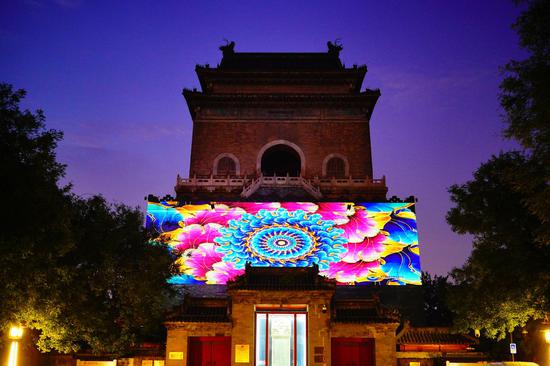
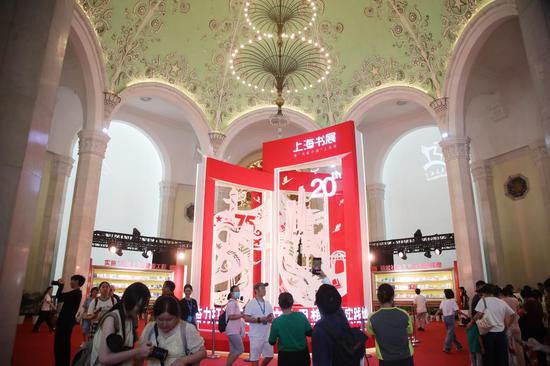





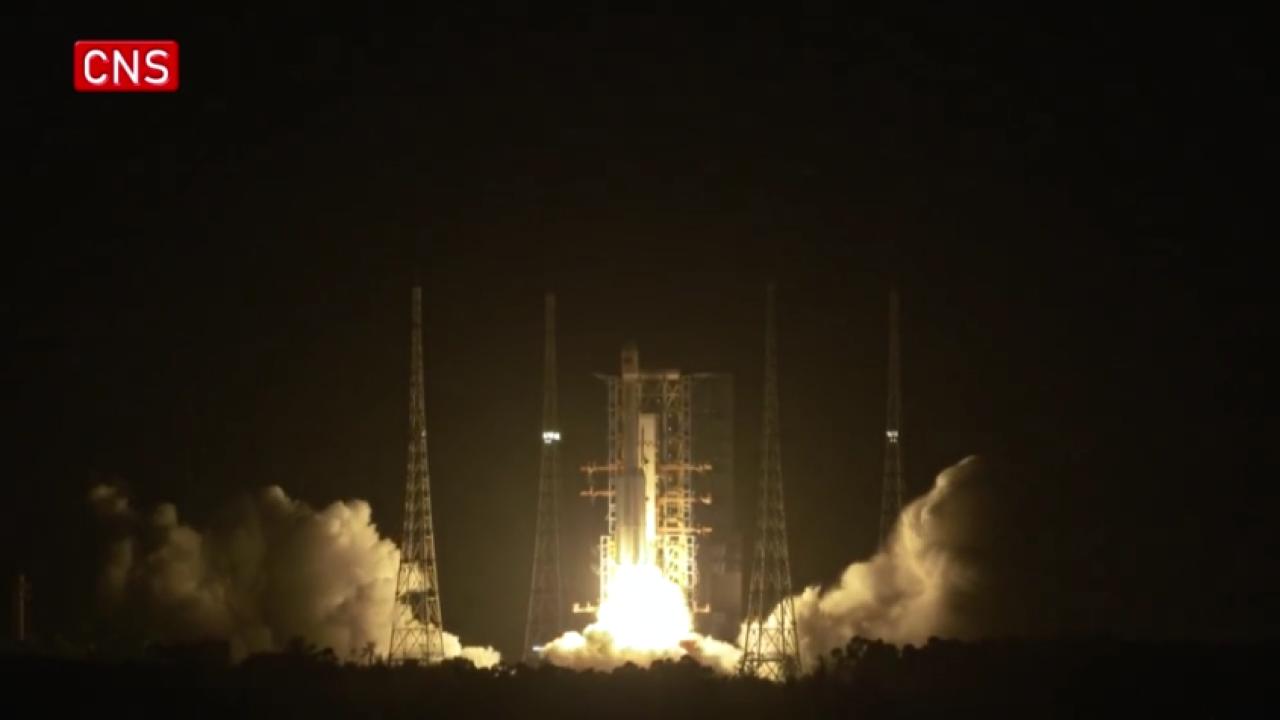



 京公网安备 11010202009201号
京公网安备 11010202009201号